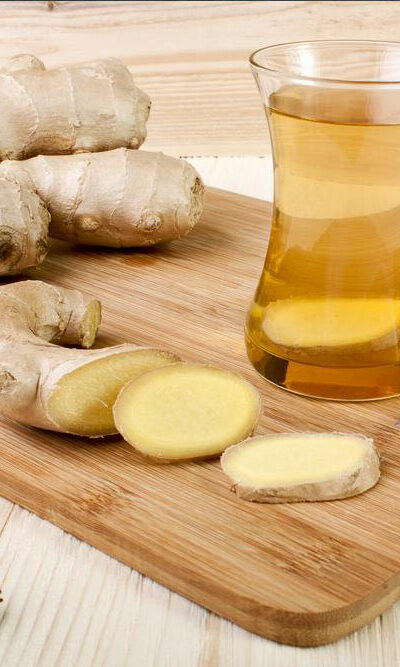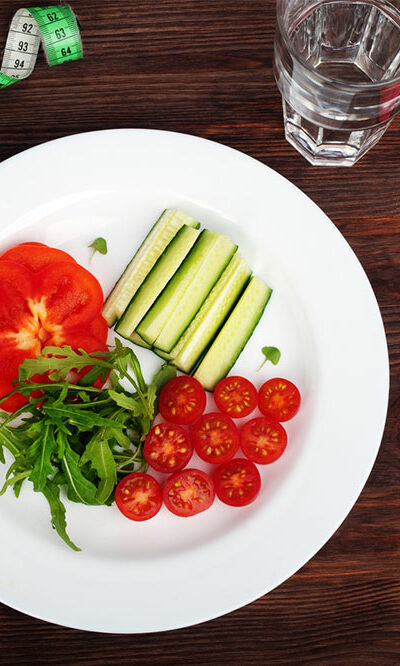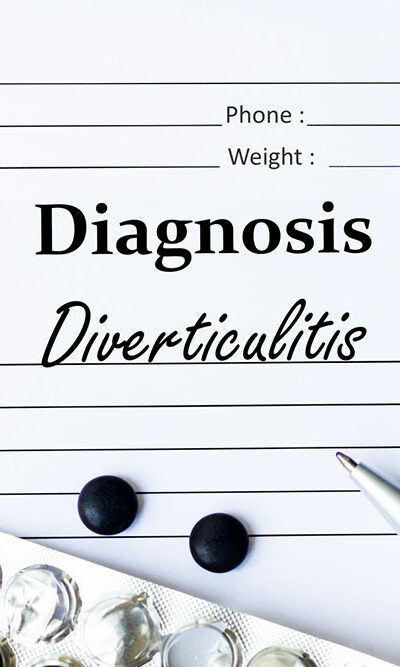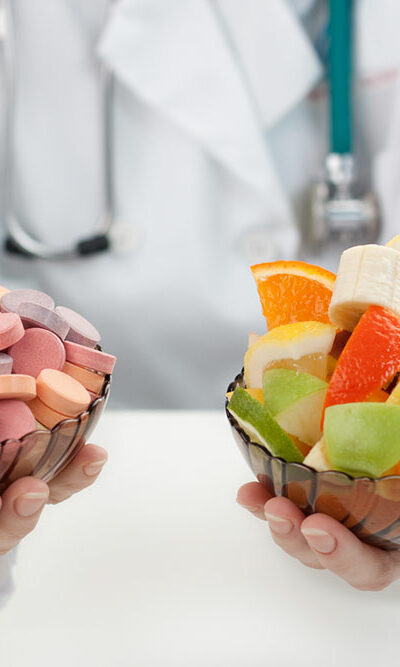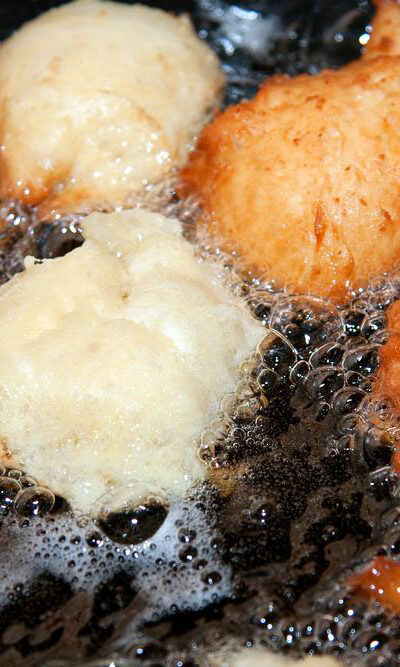
7 Foods That May Increase Your Risk of Breast Cancer
No diet or food can prevent or trigger breast cancer immediately. However, what you eat will certainly make a big difference to the risks of developing breast cancer. Getting breast cancer depends on multiple factors like family history, gender, age, etc., that are not in your control. Diet is perhaps one of the factors which you can control and change to minimize the risks of developing breast cancer. If you have been diagnosed with breast cancer already, you may want to know which foods to avoid to ensure that cancer does not grow further or relapse after you recover. Research shows that dietary factors may account for almost 30-40% of all types of cancers. Your dietary choices affect the way you live and determine how healthy you are. There has been plenty of research on breast cancer and there are some helpful guidelines which can benefit patients. You need to stay healthy after treatment by controlling your body weight, exercising regularly, and eating the right kind of foods to cut down risks of cancer relapse. There is no magic diet to eliminate the risks of breast cancer. However, breast cancer survivors need to eat more vegetables, whole grains, fresh fruits, fish, and chicken. Listed below are the foods you should avoid if you already have breast cancer, or want to prevent it from occurring. Alcohol Studies have found a probable connection between increased risks of breast cancer and regular alcohol consumption. According to reports, alcohol tends to elevate the estrogen levels; this damages the DNA. Women who drink three alcoholic drinks every week increase their risks of developing breast cancer by almost 15%. Sugar In a research conducted on mice, it was seen that when the mice were given foods rich in sugar, they developed tumors in the mammary gland, which are similar to breast cancer tumors in human beings.
